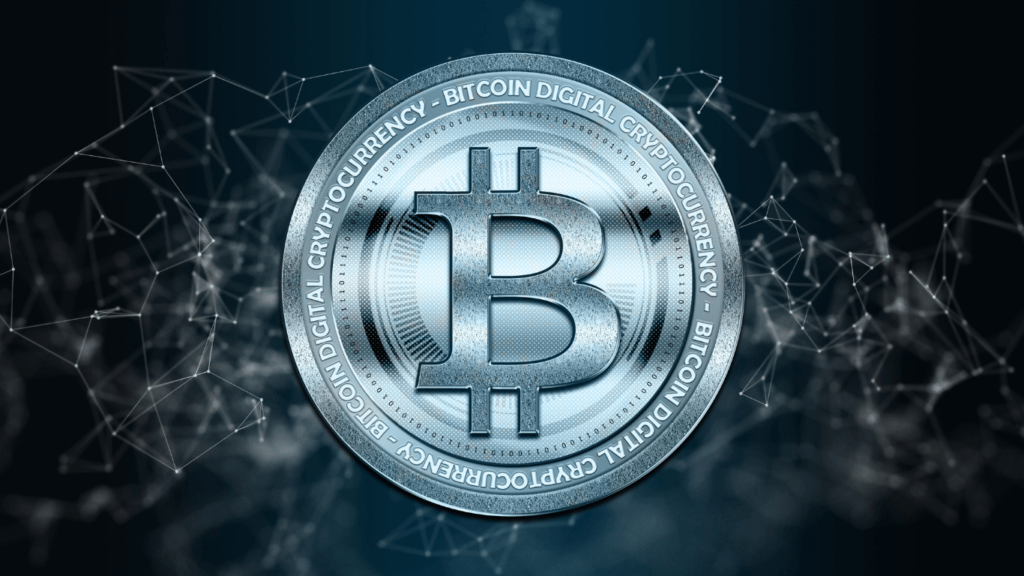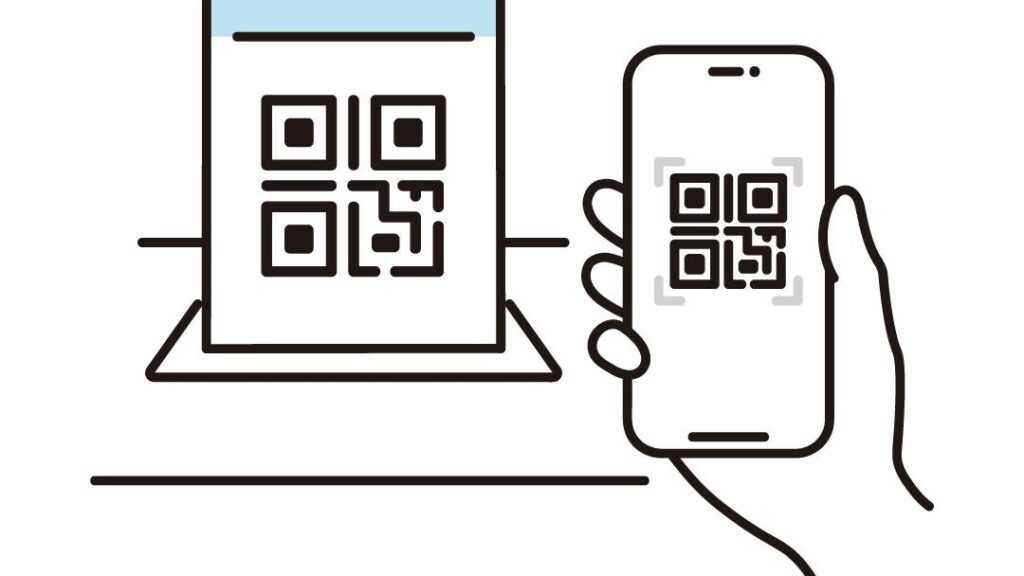What is DeFi?
Decentralized Finance (DeFi) refers to an emerging financial system built on blockchain technology. This system aims to replace traditional middlemen like banks with smart contracts. Smart contracts are self-executing agreements where the terms are directly written into the code. DeFi provides financial services, such as lending, borrowing, and trading, without requiring users to trust centralized entities.
DeFi platforms operate on public blockchains, primarily Ethereum. DeFi’s transparency allows anyone to verify transactions and the underlying code. This eliminates the need for trust, as users can independently confirm how the system works. Additionally, DeFi tokens, often called governance tokens, play a significant role. Governance tokens let users vote on crucial protocol changes, ensuring community-driven development.
Liquidity protocols in DeFi enable users to earn interest on their assets. Yield farming is one example. Participants provide liquidity to DeFi platforms and, in return, earn rewards. Yield farming strategies vary in complexity, appealing to both novice and experienced investors.
Interoperability is another key element of DeFi. Different DeFi applications can seamlessly interact, creating a cohesive financial ecosystem. Users can integrate services like decentralized exchanges (DEXs), lending platforms, and stablecoins to optimize their financial strategies.
DeFi’s growth has been exponential. As of 2023, DeFi platforms manage assets worth billions of dollars. While DeFi offers significant opportunities, it also poses risks, such as smart contract vulnerabilities and market volatility. Understanding DeFi’s core principles, like:
- decentralization
- transparency,
- interoperability
is crucial for anyone looking to participate in this revolutionary financial landscape.
Key Components of DeFi
DeFi integrates various components that reshape traditional finance. Let’s explore these key components to better understand their roles in the DeFi ecosystem.
Decentralized Exchanges (DEXs)
Decentralized Exchanges (DEXs) facilitate peer-to-peer trades without intermediaries. Operating on blockchain technology, DEXs like Uniswap, SushiSwap, and PancakeSwap use automated market makers (AMMs) instead of conventional order books, enhancing liquidity. Users connect their wallets directly to trade cryptocurrencies, improving security and ownership.
Lending Platforms
Lending Platforms offer decentralized borrowing and lending services. In platforms like Aave and Compound, users either lend their assets to earn interest or borrow against collateral. Smart contracts manage these transactions, ensuring transparent and trustless processes. Additionally, lending platforms often provide variable interest rates based on supply and demand dynamics.
Stablecoins
Stablecoins are cryptocurrencies pegged to stable assets. With values tied to fiat currencies like USD or commodities like gold, stablecoins like USDT, USDC, and DAI mitigate crypto’s inherent volatility. These digital assets enable seamless transactions and store value within the DeFi ecosystem, offering stable mediums of exchange and units of account.
Yield Farming
Yield Farming allows users to earn rewards through liquidity provision. Participants deposit assets into DeFi protocols, like Yearn.finance or Curve Finance, to earn returns. These returns often come in the form of additional tokens or fees from the protocol. Yield farming strategies vary, with different risk levels and reward potentials based on the assets and platforms involved.
By understanding these components, engaging with DeFi becomes more comprehensible, highlighting the innovation reshaping finance.
How Smart Contracts Work in DeFi

Smart contracts automate transactions in DeFi, eliminating the need for intermediaries. They execute agreements when predefined conditions are met, ensuring trustless and transparent operations.
Security and Risks
Security remains a significant concern in DeFi. Hackers target vulnerabilities in smart contracts, potentially causing substantial financial losses. Auditing firms like CertiK and Trail of Bits assess smart contract code to identify weaknesses. Yet, even thoroughly audited contracts carry some risk due to the immutable nature of blockchain transactions. Users must stay informed and cautious when participating in DeFi protocols. Additionally, economic risks arise from rapid changes in cryptocurrency values, potentially impacting the value locked in these contracts.
Popular DeFi Protocols
Several DeFi protocols dominate the ecosystem.
- Uniswap: A decentralized exchange (DEX) facilitating automated token swaps.
- Compound: A lending protocol where users lend and borrow cryptocurrencies.
- Aave: Offers flash loans and interest rate swaps in addition to traditional lending services.
- MakerDAO: Issues the DAI stablecoin, pegging it to the USD, ensuring stability amidst cryptocurrency volatility.
These protocols leverage smart contracts to provide secure, efficient financial services. Each one contributes uniquely to the DeFi landscape, offering diverse opportunities for users to engage in decentralized finance.
Advantages of DeFi
Decentralized Finance (DeFi) offers multiple benefits, transforming traditional financial systems into more accessible, transparent, and automated operations.
Financial Inclusion
DeFi democratizes access to financial services. Anyone with an internet connection can engage with DeFi platforms. No need for traditional banking systems or geographical limitations.
Transparency
All transactions and smart contract code are publicly accessible on blockchain networks. This ensures accountability and reduces fraud risks. Users can verify transaction details and contract integrity independently.
Programmable Money
Smart contracts enable complex financial operations without intermediaries. Users can create automated, conditional transactions within decentralized applications (dApps). This streamlines services like loans, insurance, and investments.
Challenges and Risks
Although Decentralized Finance (DeFi) presents numerous benefits, it comes with challenges and risks. Understanding these pitfalls is crucial for anyone diving into this financial revolution.
Regulatory Concerns
DeFi operates in a gray area of regulation. Many jurisdictions haven’t established clear rules for decentralized platforms, creating uncertainty for users and developers. Regulatory bodies might start enforcing stricter guidelines, which could impact the growth and operational freedom of DeFi projects. It’s essential to stay updated with local and international regulatory developments to navigate this evolving landscape.
Market Volatility
DeFi relies heavily on cryptocurrencies, which are known for their high volatility. Price swings can lead to significant gains or devastating losses. For example, the value of collateral backing loans on DeFi platforms can plummet, triggering liquidations and financial stress for users. This instability can undermine the confidence of investors and participants, making it imperative to understand and manage these risks effectively.
Security Vulnerabilities
Smart contracts in DeFi are susceptible to security issues. Flaws or bugs in the code can be exploited, leading to substantial financial losses. High-profile incidents like the DAO hack in 2016 and the more recent Poly Network hack in 2021 highlight these vulnerabilities. Regular code audits by reputable firms and following best practices in smart contract development can mitigate some risks, but users should always be aware of the potential for security breaches.
The Future of DeFi
DeFi is poised for significant growth, driven by several promising developments. One key area of evolution is the expansion of Layer 2 solutions. By leveraging technologies like Rollups, Layer 2 aims to address Ethereum’s scalability issues, reducing transaction costs and enhancing processing times. This improvement will make DeFi more accessible and efficient.
Interoperability among different blockchain networks is another critical focus. Projects like Polkadot and Cosmos are pioneering cross-chain communication. These initiatives enable seamless asset transfers and information sharing between various blockchains, potentially unifying the fragmented DeFi ecosystem.
Institutional interest in DeFi is on the rise. Major financial entities are exploring DeFi investments, recognizing the potential for higher yields and diversified portfolios. For instance, Grayscale and Coinbase have shown strong interest in decentralized assets, signaling a shift in traditional finance’s approach to blockchain technology.
As DeFi platforms continue to grow, regulatory clarity will become essential. Clear regulations will help mitigate risks and protect users without stifling innovation. Regulatory frameworks can encourage mainstream adoption by providing a safer and more stable environment for both developers and users.
Security advancements are also crucial for the future of DeFi. Enhanced smart contract auditing tools and insurance protocols are being developed to address vulnerabilities and protect assets. Projects like Nexus Mutual and Cover Protocol offer decentralized insurance options, providing an additional layer of security for DeFi participants.
Lastly, DeFi’s future will likely see increased user-friendly interfaces and better educational resources. Platforms simplifying user experience and providing comprehensive guides will attract a broader audience. As understanding grows, more individuals and entities will confidently participate in the DeFi landscape.



 Chief Technology Officer (CTO)
As Chief Technology Officer, Victor Kenneyell oversees the technical infrastructure and development strategies of the website. With a background in computer science and blockchain engineering, Victor ensures that the platform remains at the forefront of technological advancements in the crypto industry. His expertise in smart contracts, cybersecurity, and blockchain scalability solutions helps the website provide users with a secure and innovative experience.
Chief Technology Officer (CTO)
As Chief Technology Officer, Victor Kenneyell oversees the technical infrastructure and development strategies of the website. With a background in computer science and blockchain engineering, Victor ensures that the platform remains at the forefront of technological advancements in the crypto industry. His expertise in smart contracts, cybersecurity, and blockchain scalability solutions helps the website provide users with a secure and innovative experience.
